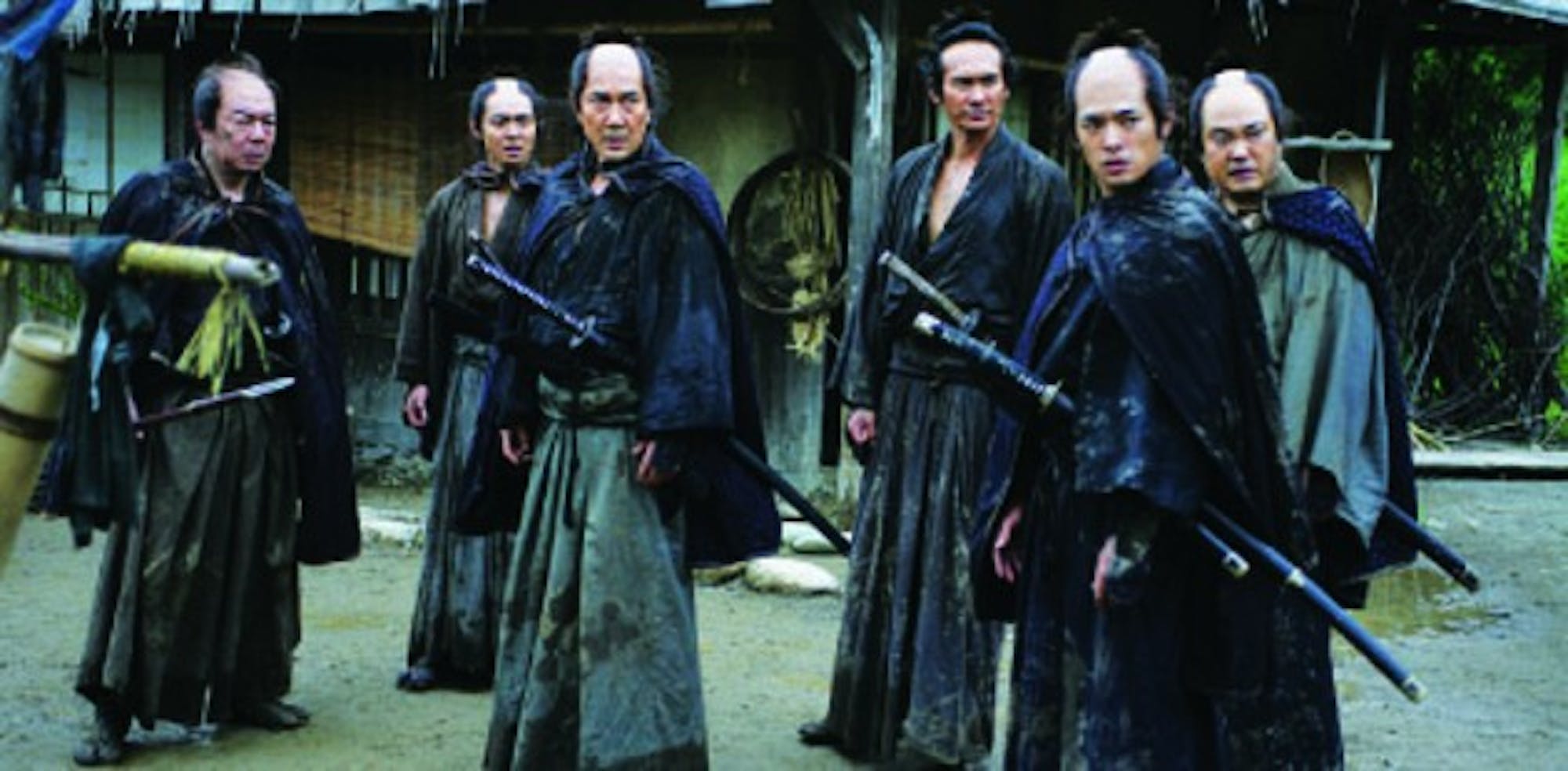The series will showcase Spaulding Auditorium's new 5.1 digital surround sound system, which was installed last spring, and will run from Sept. 30 to Nov. 20.
"I think sound is something that we take for granted except for when it goes wrong," DFS director Tien-Tien Jong '10 said. "It can break the illusion [that] you're watching something fake on-screen."
Jong, who proposed "Now Hear This!" to DFS last Spring term, credits film professor Amy Lawrence's "Sound Theory and Practice" course for giving Jong the idea to focus a series around sound design. Jong recalled one assignment for the class in which she recorded the sound of dense space in an empty auditorium.
"One of the things I learned from the class is that microphones don't record things the same way the human ear hears them," Jong said. "[Mics] have much more fidelity. It's up to sound designers to make things sound the way they sound in real life."
Epic action films feature prominently in the series, as their visceral sound effects epitomize the power of sound in the cinematic experience.
Steven Spielberg's classic "Jurassic Park" (1993), which won Oscars for sound and for sound editing, will be the first in the series, screening on Sept. 30. For the film, sound designers fused recordings of lions, tigers, alligators and a baby lion to create a sound never before heard by humans the roar of the Tyrannosaurus Rex.
Sydney Stowe, director of film at the Hopkins Center for the Arts, said she most anticipates Peter Weir's "Master and Commander: The Far Side of the World" (2003) because one scene from the film displays the capabilities of surround sound so well that it is played in theaters around the world to test surround sound systems. "Master and Commander" follows a British captain in pursuit of a mysterious French ship bound for South America.
"I love the creaking and the canons," Stowe said. "It stuns me into immobility."
In a rare screening of the two parts of "Harry Potter and the Deathly Hallows," viewers will able to watch the search for the Horcruxes and the battle for Hogwarts consecutively on the big screen.
"That's the film series that has defined our generation," Jong said. "It's our Star Wars."
"13 Assassins" (2010), the latest from Japanese filmmaker Takashi Miike, features a 45-minute battle scene that includes the explosion of a castle. Stanley Kubrick's "Full Metal Jacket" (1987) offers iconic dialogue as it showcases an 18-year-old recruit immersed in the inhuman violence of the Vietnam War. Another heady action film, Nicholas Winding Refn's acclaimed feature "Drive" (2011) incorporates a near-silent performance from Ryan Gosling as a Hollywood stunt driver who pilots getaway cars for the criminal underworld by night.
A far cry from the special effects and sound design of modern action blockbusters, Buster Keaton's 1926 silent film "The General" will be screened on Nov. 6 with a live musical accompaniment provided by the renowned Alloy Orchestra.
"I've seen the Alloy Orchestra several times now, and they have a wonderfully creative sound," Jong said. "That's a show that will really give you a sense of how much sound can add to a film."
The series also highlights classic and innovative musicals, including Stanley Donen and Gene Kelly's "Singin' in the Rain." In the 1952 film, sound plays a direct role in the plot itself, as a fictional film company attempts to survive the transition from silent to sound cinema.
"For me, Singin' in the Rain' actually delivers on all the expectations placed on it," Stowe said.
Jong's most anticipated film is the 30-minute short film "Scenes from the Suburbs" (2011), which Spike Jonze directed in collaboration with the band Arcade Fire. Afterwards, DFS will show Damien Chazelle's "Guy and Madeline on a Park Bench" (2009), a musical that plays with the tropes of classic Hollywood to craft a modern love story in 16mm black-and-white film.
"Spike Jonze is one of those directors who makes interesting choices with music and film," Jong said. "He even made two music videos with Kanye West."
Musical scores also play a major role in films showcased in the series that are not musicals, such as Alfred Hitchcock's "Psycho" (1960) and Robert Altman's "Nashville" (1975). Bernard Hermann's score for "Psycho" especially the spliced violin number in the film's infamous shower scene has inspired horror soundtracks for generations. "Nashville," set in the home of country music, layers songs to mirror the intersecting lives of its ensemble cast.
The range of films in the series exhibits just how important sound is to any film, no matter the genre or subject matter. At the same time, the diversity also promises to offer something compelling for all walks of moviegoers this Fall term.




